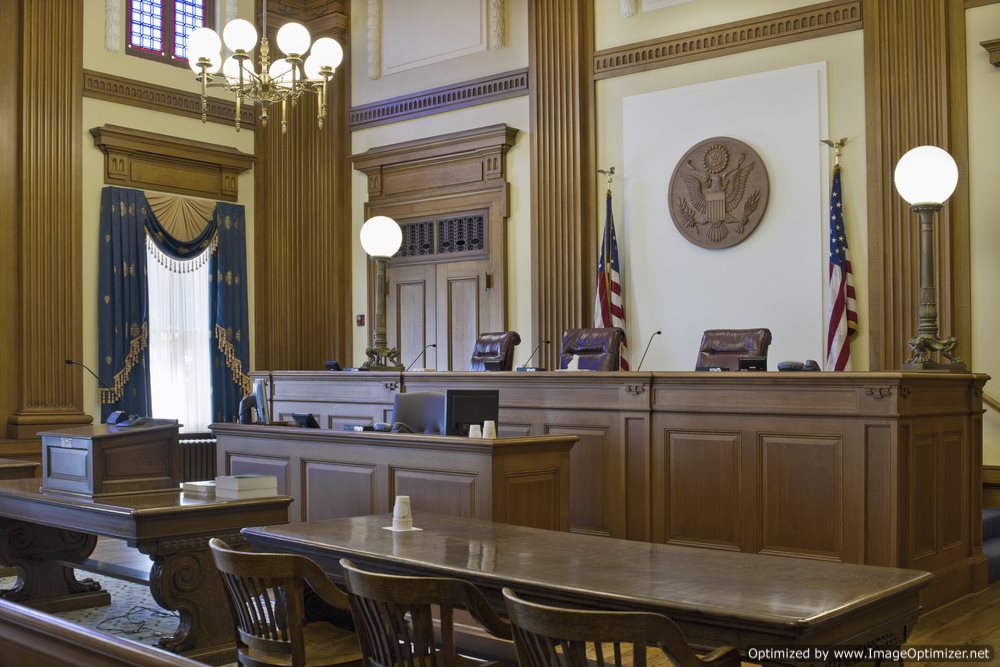
What You Didn’t Know About Court Reporting
Court reporting is a fascinating and essential profession in the legal world that often operates behind the scenes. While many people are aware of the basics of court reporting, there are numerous intriguing aspects and details about this profession that might surprise you. In this article, we’ll explore some lesser-known facts about court reporting.
The Silent Guardians of the Legal Record
Court Reporters Are the Record Keepers: Court reporters are responsible for creating a verbatim record of spoken words during legal proceedings, making them the guardians of the legal record. These transcripts are not only vital for the participants in a case but also for future reference in appeals and legal research.
They Work in Varied Settings: While court reporters are often associated with courtrooms, they can work in various legal settings, including depositions, arbitration hearings, and even closed captioning for live broadcasts. Their skills are invaluable in preserving the spoken word in diverse contexts.
The Stenographic Secret
Stenographers Are Speed Typing Masters: Court reporters are stenographers who use a stenotype machine or shorthand keyboard to capture spoken words at speeds that would astound most typists. They are trained to type at rates that often exceed 200 words per minute or more, maintaining extreme accuracy.
Real-Time Transcripts Are Possible: Skilled court reporters can provide real-time transcripts of proceedings, which means they are typing as the words are spoken. These real-time transcripts are crucial for immediate decision-making, such as during live broadcasts or in complex legal matters.
The Certification Journey
High Certification Standards: Becoming a certified court reporter is no small feat. It involves passing rigorous certification exams that assess skills in stenography and transcription. Multiple certification levels, such as the Certified Shorthand Reporter (CSR) and Registered Professional Reporter (RPR), are available for court reporters to demonstrate their expertise.
Continuing Education Is Key: Even after certification, court reporters are often required to participate in continuing education to stay current with evolving technology and industry standards. These ongoing educational requirements ensure that court reporters remain at the top of their game.
Court Reporters as Technology Experts
They Embrace Technology: Contrary to the perception that court reporters only work with stenotype machines, they are highly tech-savvy professionals. They use computer-aided transcription (CAT) software, digital recording equipment, and video conferencing technology to enhance their efficiency and accuracy.
Closed Captioning Pioneers: Many court reporters are actively involved in closed captioning, providing accessibility services for the deaf and hard of hearing. This role extends to television broadcasts, webinars, and live events, making court reporters pioneers in accessibility technology.
The Unsung Heroes
Stress and Long Hours: Court reporters often work under considerable stress and in environments where they must maintain unswerving concentration. The job can involve long hours, including night shifts, and attending emotionally charged court cases.
High Demand Profession: As the legal system continually relies on accurate records of spoken words, the demand for skilled court reporters remains high. There are numerous job opportunities in various legal settings, ensuring that court reporters are always in demand.
Conclusion
Court reporters are unsung heroes in the legal world, playing a vital role in preserving the spoken word. Their precision, real-time transcription skills, and mastery of technology make them integral to the legal process. As you now know, court reporting is a profession with many facets and much more complexity than meets the eye, and it continues to evolve in response to changing technological and legal needs.
What is Court Reporting?
Court Reporting is the practice of legal transcription of speech into text taking place within a court hearing or trial performed by Court Reporters, who are licensed and certified professionals. Court reporting positions are classified as legal occupations requiring earned certifications from accredited institutions.
Primarily, the most common certification with regard to the field of court reporting is that of a Registered Professional Reporter (RPR). This certification must be granted by an educational institution accredited by the National Court Reporters Association (NCRA).
The mastery of court reporting requires the ability to produce accurate and expedited legal transcription of speech within a legal venue, which is accomplished through the proficiency in shorthand, stenography, and typing skills.
Court Reporting Methodology
Court Reporting, which is also known as ‘Stenography’, involves the following methodologies in order to undertake the transcription of speech into text taking place within a court hearing or trial:
What Equipment is Used for Court Reporting?
A Stenograph machine, also called a Stenotype machine, is a machine resembling a typewriter that is used for manual court reporting for the purpose of legal transcription. In contrast to traditional typewriters, a stenograph machine contains only 25 keys and does not operate on a traditional keyboard format such as ‘QWERTY’.
Legal stenotypes include features allowing a court reporter to transcribe common phrases and articles rather than individual letters and characters.
Chording is a typing method utilized within the field of Court Reporting allowing court reporters to adequately and accurately transcribe legal hearings through the pressing of multiple keys in a single stroke. This allows them to transcribe whole words in lieu of typing the word in a ‘letter-by-letter’ fashion. This methodology allows for a legal transcription produced in a ‘real time’ setting.
Who Regulates Court Reporting?
National Court Reporters Association (NCRA) is responsible for both the regulations and oversight of the certifications that are granted to individuals who desire to gain employment through the field of Court Reporting. The NCRA began as an institution specializing in shorthand with regard to the provision of expedited and accurate transcription of events.
The NCRA enacts the methodology and ideology expressed within The Phrase Book of Pitmanic Shorthand, which expressed the requirements and processes latent within the production of authorized transcription of both legal and medical proceedings.
Certifications Illustrating the Mastery of Court Reporting
In order to be certified within the field of Court Reporting, certifications will be necessary as per the requirements applicable to the desired position, including a Certified CART Provider (CCP), Certified Broadcast Captioner (CBC), Certified Realtime Reporter (CRR), Registered Merit Reporter (RMR), Federal Certified Realtime Reporter (FCRR), and Registered Diplomate Reporter (RDR). However, the most common certification within the field of court reporting is considered to be a Registered Professional Reporter (RPR).
Court Reporting Examinations
Professional court reporters will be required to receive certifications granted to individuals interested in becoming Court Reporters. In order to advance through the field of Court Reporting, it typically requires varying degrees of passing grades on the Written Knowledge Test administered in order to gauge the skill of an individual applicant with regard to the expectations of Court Reporting.
The test includes a section that focuses on reporting, the ability to produce transcription of events, the understanding and proficiency with regard to a stenograph machine, and a review of background knowledge and professional acumen.
The analysis of the amount of words that an individual applicant is able to type within a finite period of time, also referred to as ‘Words per Minute’ or ‘WPM’, is also assessed.


























